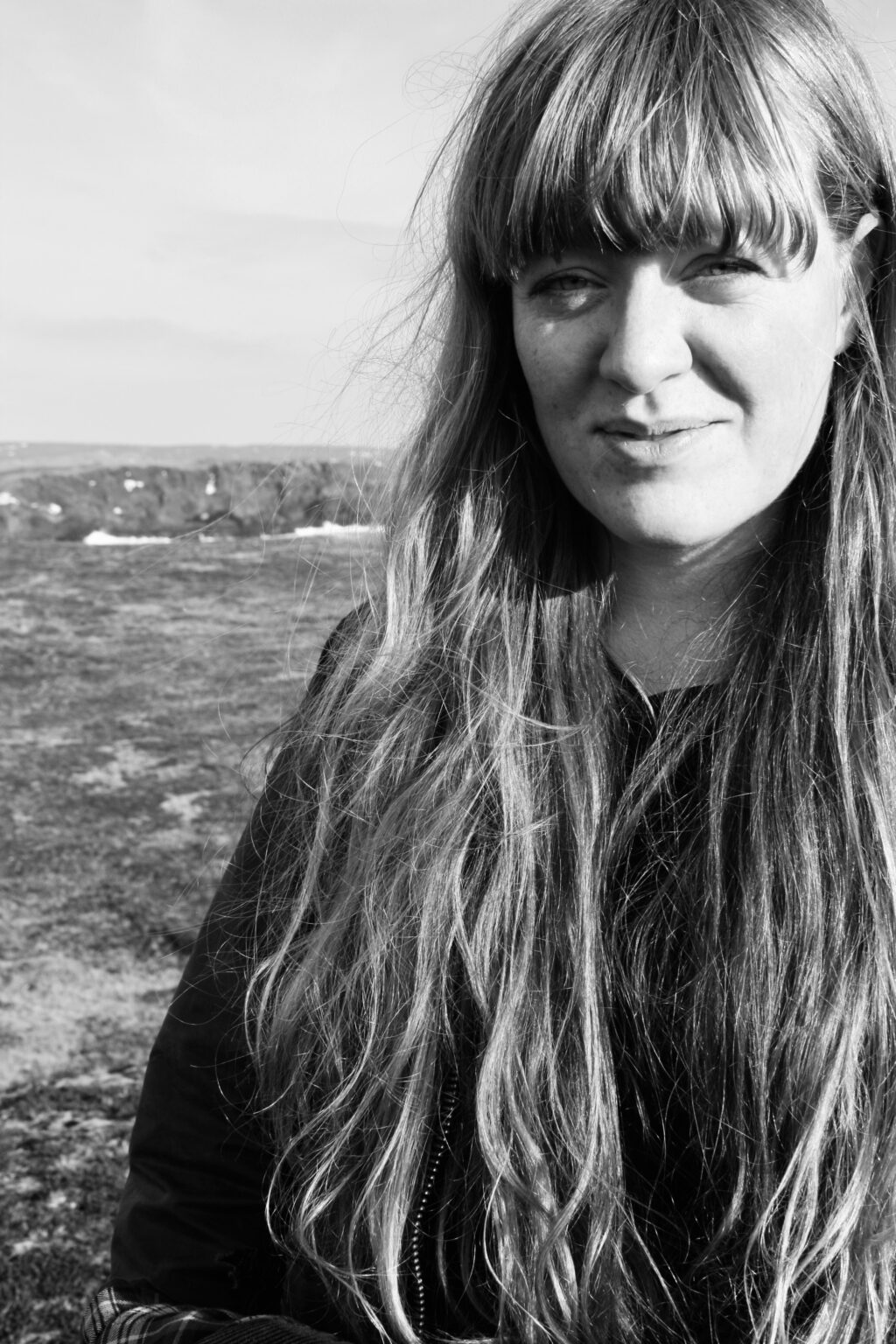The artworks are based on the artist’s research on Surtsey island, which was formed after a volcanic eruption in 1963. During the artist’s stay on Surtsey, she mapped the locations of the two former islands, Jólnir and Syrtlingur, who both eroded away pretty quickly in the 1960s, as their eruptions never reached the lava stage. Past Places are part of a growing body of artworks, archival material and minerals from places that have undergone drastic changes or are no longer visible or within our reach.
Artwork in public space:
Imprint, 2023.
Concrete, seaborne debris and swoop of sand from Surtsey
Located at Kambar, Hellisheiði.
In the summer of 2021, Þorgerður was a part of the research group who stayed for three days on Surtsey, furthering her ongoing project about the island. She was one of the travellers who discovered newly surfaced footprints in the hill slopes of Austurbunki. The footprints were part of a larger track that recently became apparent as the top layer of loose tephra had eroded away, revealing the obvious boot tracks embedded on the hillsides. The footprints are believed to be the youngest fossilised imprints by a human on Earth today, younger than the boot tracks on the Moon. The location for the public artwork Imprint has been carefully chosen and can lead visitors in the direction of Surtsey island. On a clear day, Surtsey is likely to send you a greeting far to the south on the horizon.
Þorgerður Ólafsdóttir is based in Iceland. In her practice she considers various objects and phenomena that are connected to our understanding of and relationship to the natural world as it meets, overlaps and is interpreted within human environments. She is a part of the research project Relics of Nature, an Archaeology of Natural Heritage in the High North, which aims to explore understandings and manifestations of natural heritage in the context of climate change.
